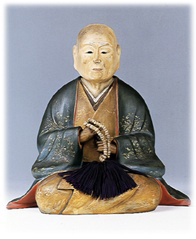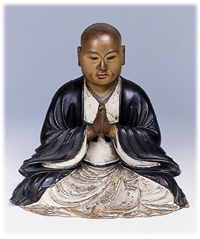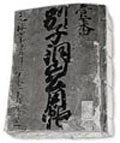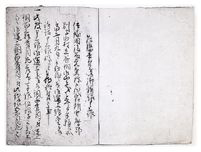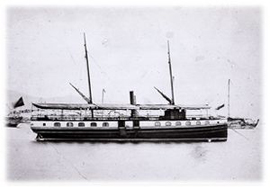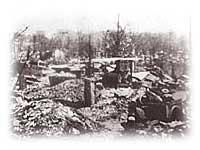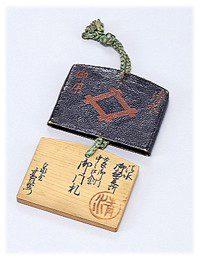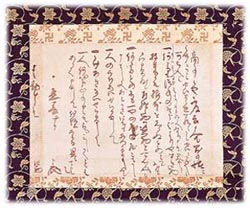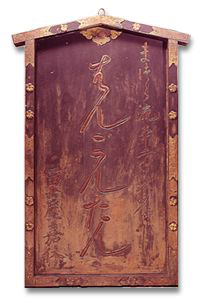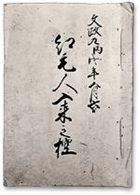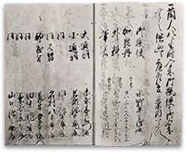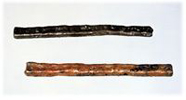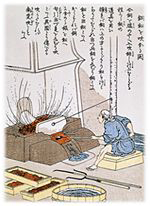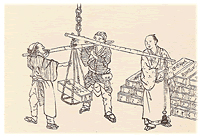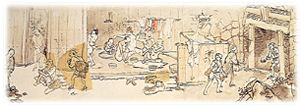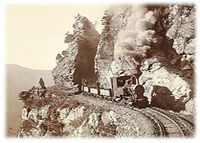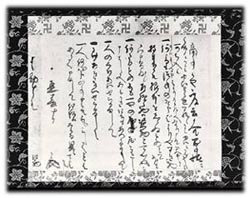Sumitomo started its business in 17th century Kyoto, where Masatomo Sumitomo opened a shop selling books and medicines. Masatomo wrote a book titled Monjuin Shiigaki, in which he clarified the basics of business. Masatomo's words in that book constitute the basis of the Sumitomo philosophy.
At about the same time, Masatomo's brother-in-law, Riemon Soga, was running a copper refining business and a copper workshop (under the name Izumiya) in Kyoto. After repeated trial and error, he finally developed technology for separating silver from unrefined copper, by applying technology he had learned from Europeans.

 EN
EN